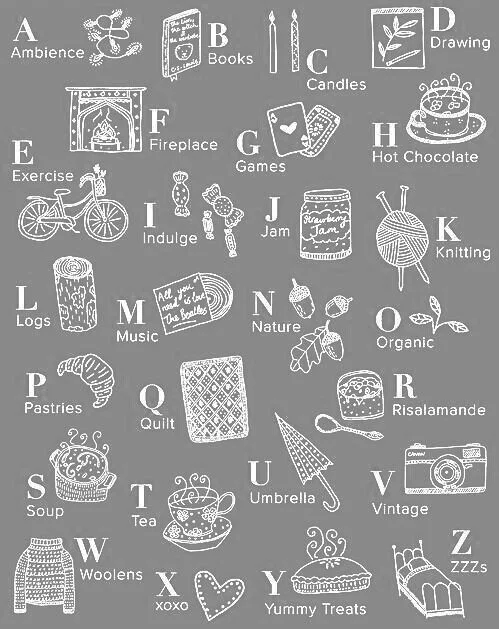
Grounding Yourself In The Moment
Module 1 | Session Three
Session Overview
M1 | Session Three: Grounding Yourself In The Moment
If you are feeling thoughts of self-harm please dial your relevant crisis number here.
|
Defining Grounding
Purpose of Grounding
Types of Grounding
Session Skill: What Skill Practice
|
What Is Grounding?
Grounding is a practice that can help you pull away from flashbacks, unwanted memories, and negative or challenging emotions. These techniques may help distract you from what you’re experiencing and refocus on what’s happening in the present moment.

Why Grounding?
Grounding strategies help you when overwhelmed by memories or strong emotions or when dissociating. They help you become aware of the here and now. A useful metaphor is the experience of walking out of a movie theater. When you dissociate or have a flashback, it’s like you are watching a mental movie. Grounding techniques help you step out of the movie theater and into the daylight and the present environment. Grounding skills are especially helpful if you’re dealing with:
anxiety
post-traumatic stress disorder
dissociation
self-harm urges
traumatic memories
substance use disorder
Source: NIH
A Grounded Lifestyle
Source: juliamchapman.com
Types Of Grounding
Practice grounding even when you aren’t dissociating or experiencing distress. Try doing a grounding exercise when you first start to feel bad. Don’t wait for distress to reach a level that’s harder to handle.
|
Physical Techniques
These techniques use your five senses or tangible objects — things you can touch — to help you move through distress.
Put your hands in warm or cold water, or switch between both temperatures.
Pick up or touch items near you. Focus your senses on the item (what does it look, feel, smell like, etc.)
Breathe deeply, focus on each breath.
Savor a food or drink. Let the flavor linger on your tongue.
Take a short walk. Count your steps. Listen to the rhythm of your steps.
Hold a piece of ice. Observe it melting.
Try “earthing” (walking barefoot outside or sitting in grass).
Savor a scent. Inhale slowly try to figure out the scents.
Move your body; try jumping jacks, jogging in place, and note how your body feels.
Listen to your surroundings. Do you hear birds? Dogs barking? Machinery or traffic?
Feel your body. Curl your fingers and wiggle your toes. Can you feel your heartbeat? Are you hungry?
Try the 5-4-3-2-1 method
5 things you hear
4 things you see
3 things you can touch
2 things you can smell
1 thing you can taste
|
Mental Techniques
These grounding exercises use mental distractions to help redirect your thoughts away from distressing feelings and back to the present.
Play a memory game, (i.e. list all the breeds of dogs you know, list synonyms for “good”.)
Think in categories, (i.e. list as many sea animals as you can“musical instruments, ice cream flavors, mammals, etc.).
Use math and numbers, (i.e. think of the 7 times table, counting backwards from 100).
Recite something in your head, (i.e. a song you know by heart, try to visualize the words in your head).
Make yourself laugh; watching your favorite funny animal video, or think of a pun.
Use an anchoring phrase, (i.e. “I’m Full Name. I’m X years old. I live in City. Today is Friday, June 3. It’s 10:04am, etc).
Visualize a daily task you enjoy or don’t mind doing, (i.e. washing dishes, cleaning your car, spreading your bed).
Picture yourself leaving the painful feelings behind; walking, swimming, biking, or jogging away from them.
Describe what’s around you; Use all five senses i.e. The air smells like smoke. I hear kids laughing and dogs barking.
|
Soothing Techniques
You can use these techniques to comfort yourself in times of emotional distress. These exercises can help promote good feelings that may help the negative feelings fade or seem less overwhelming.
Picture the voice or face of someone you love, telling you that you can get through this.
Repeat kind, compassionate phrases to yourself: “You’re strong, and you can move through this pain.”
Sit with your pet; pet them, focusing on how their fur feels, or think of your favorite things about your pet.
List your favorites things such as foods, trees, songs, movies, books, places, and so on.
Visualize your favorite place. Use all of your senses to create a mental image. Who are you with? What do you want to do?
Plan an activity; a dinner, a beach day, a trip to somewhere special, etc. What will you wear? when will you go? etc.
Touch something comforting; a favorite blanket, a much-loved T-shirt, , a soft carpet, or anything that feels good.
List positive things; mentally list four or five things in your life that bring you joy, visualizing them.
Listen to music; Put on your favorite song, Focus on the melody, instruments and lyrics Note how it makes you feel.
Source: Healthline
Session Skill
Taking time to notice, name, and engage can bring extra quality to any moment. Take some time to complete this exercise and see what you notice about the present moment. This will allow you to re-engage in whatever is in your present reality.
“What Skills”
|
Notice & Name
Notice your senses, within and without, and answer the following questions:
|
Sight
What do you see?
|
Hearing
What do you hear?
|
Smell
What do you smell?
|
Taste
What do you taste?
|
Thoughts
What thoughts come up for you?
|
Emotions
What emotions do you currently feel?
|
Actions
What urges do you currently have?
